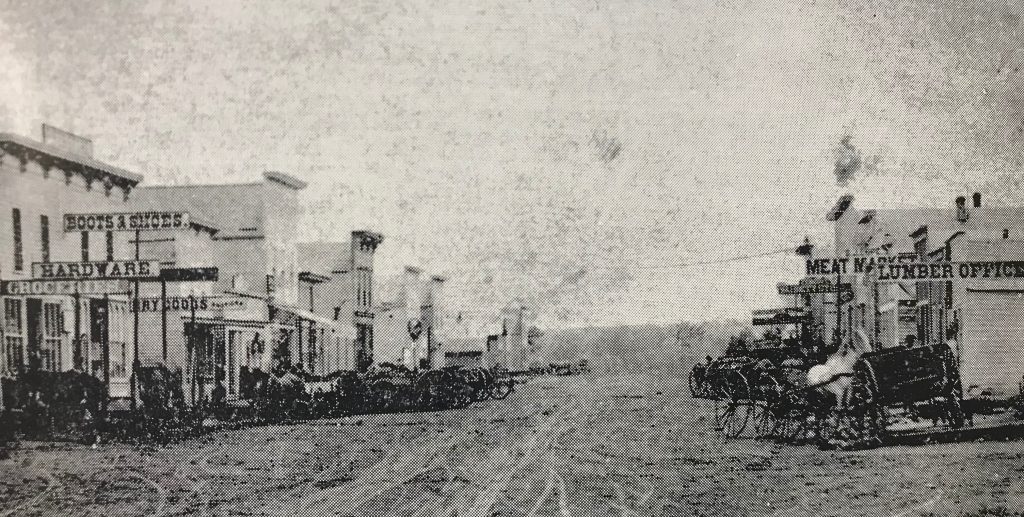Weather Diaries and Heat Data
Cherokee county

When the Civil War Veteran George Fisher came to Cherokee County in 1865 to teach school, farm, and start a family, he found a lot of hard work but no weather or human habitants to thwart his plans, at least none he complains about in his daily diary from 1867 and 1869. He missed the winter of 1856 that earliest settlers to the county described as severe. And the “Sioux,” (Lakota) who in 1857, under Inkpaduta, had taken a violent stand against the killing of members of their community, were largely pushed out of the state by the violence they met in return. Though scares of Indian violence kept new settlers out of the county in the late fifties and even in 1861, the state’s formation of an Iowa Border Brigade and the building of a blockhouse and fort in 1862 at sites such as the town of Cherokee emboldened settlers, such as the Milford Emigration Company from Massachusetts, to take up residence in the new county. The fort was already abandoned by the time Fisher came to the county.
Maybe Fisher’s experience of early Cherokee County included appreciation of the rich natural world described by those early settlers who informed Thomas McCulla’s 1914 history of the county. “He hears the howling wolf, the wild winds and sees the snow-covered earth and later the return of gentle springtime, with a profuse showing of thousands of beautiful wild flowers. He sees the fish and the prairie chicken, the geese and ducks that annually went to the lakes of the far away north, and again watched their flight in the golden autumn time, as they wended their way to their home in some remote part of the southern states, where they spent the winter.” Though Fisher often records the presence of high winds, even the “Cloudy, most severe storm of the season P.M. Rain hail thunder lightning & high S.E.& N.W winds” on June 14, 1867, does not keep him from venturing out: “Left camp morn went past Correctionville & camped about 9P.M. near the bridge.”
Fisher never mentions the summer heat though, it’s true, the only day in two years that he describes himself as “loafing” was a morning in July. Occasionally, heat was memorable. McCulla records that July 13, 1872, was unusually hot with temperatures in and around Cherokee hovering well above one hundred degrees. “At 4p.m. vivid flashes of lightning [were] followed by tremendous claps of thunder.” Thirty-three-year-old M.T. Holbrook, father of three, in Cherokee to buy a reaper, was struck and killed by lightning that day.
Heat and the storms it spawns are in the news again in the twenty-first century. Like every state in the US, Iowa’s average temperatures have risen in the last thirty years, and the twelve counties in Iowa’s northwest corner, including Cherokee County, have risen the most: 1.67 degrees. While this isn’t as much of an average rise as has occurred in Alaska (2.42 degrees), it is enough to help form the downpours (and the flooding) Iowa and the rest of the Midwest have seen in recent decades. Iowa ranks fourth, nationally, in the number of floods experienced since 1988, at a cost of about $18 billion to residents, businesses, and farmers.
The flooding continues to be a challenge now, but the heat itself looks to be more and more unpleasant in the years ahead: “Five out of every 10 years, a five-day heat wave now averages 90 to 95 degrees in central Iowa, Gene Takle, [ISU emeritus agronomy professor] said. By 2050, the average will climb 7 degrees. And once every 10 years, it will spike 13 degrees, pushing the five-day heat wave as high as 108 degrees Fahrenheit, said Takle.”
A weather diarist these days has good reason to pay special attention to the heat. No time for “loafing”!
